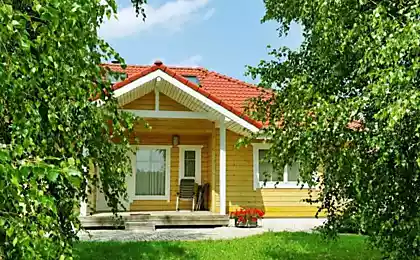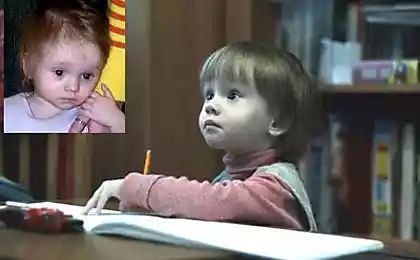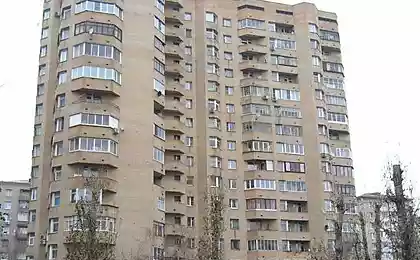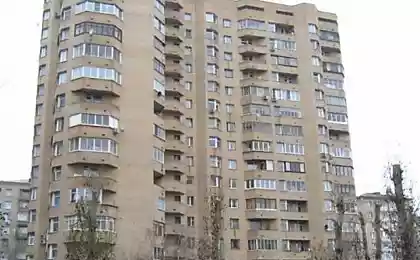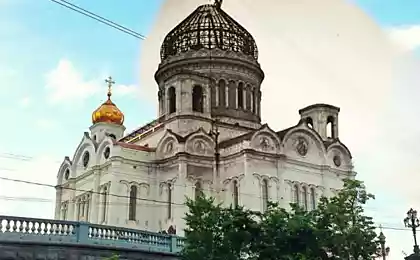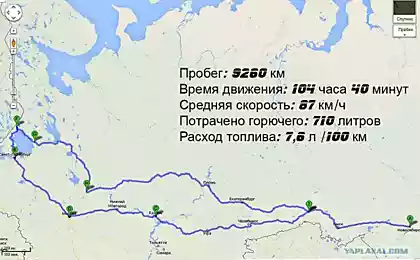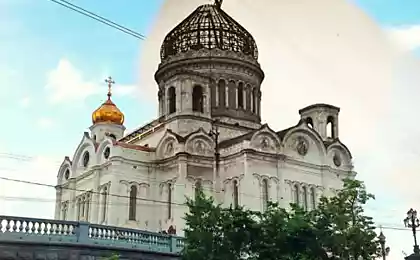870
Story of a house. Part 4
Will be 25 photos and text. The end will outline.
Actually, the topic began with a boy.
Or rather with the usual pictures of 50-ies, where the boy is on the background of a movie theater.
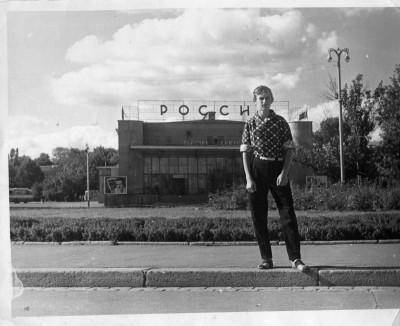
That's how this place looked like back then. The arrows is the place where the boy stood.
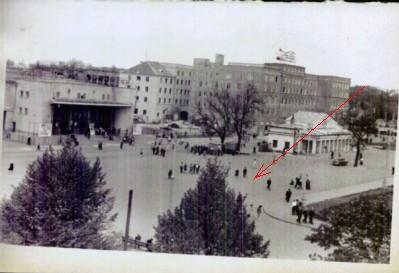
And here is the right place, but on the ground the boy had built a fountain. Photo 1972.

The same fountain, but works

Until recently, until 2006, around the fountain located the so-called "Mushrooms". Summer cafe "fungi" -Umbrellas. A popular place for young people. The answer to the question "where to drink beer?" Was always obvious, "on mushrooms».
Perhaps the boy, but has grown significantly, he drank beer there.
I'm so sure. And more than a dozen times)))
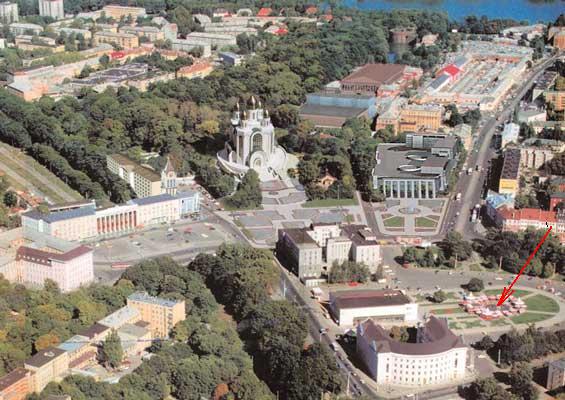
And in 2006, the fountain, as well as "mushrooms", was demolished. To build something ...
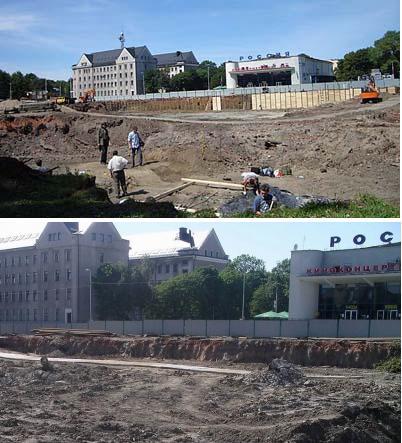
That "something" was another commercial and entertainment and boutique development.
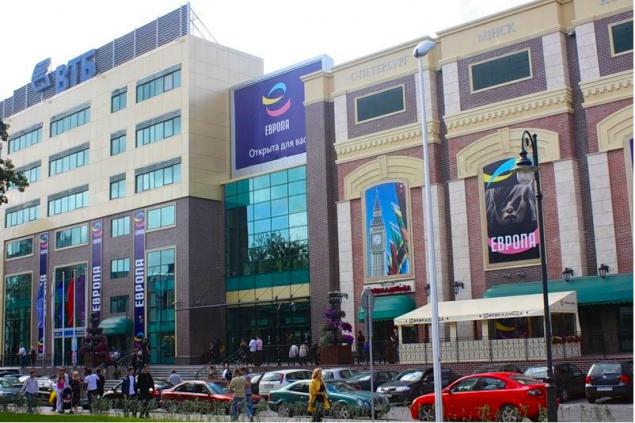
And now about the place, then where was the boy.
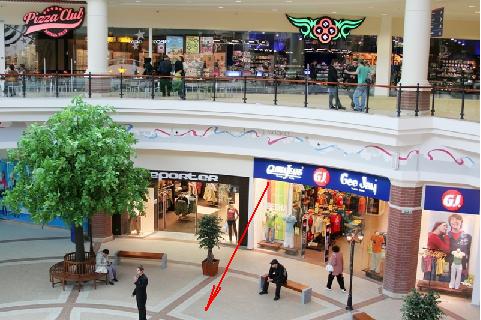
This is a top view. What was and what happened. Picchu from Google, but see the whole scope of
Posted in [mergetime] 1297772563 [/ mergetime]
But it's described as an epigraph.
Other noteworthy.
On the construction site of the future complex "Europe Center found buried eighteenth century. In carrying out these sites and burials have been found 8. In addition, the had revealed the remains of earthworks and a wooden bridge seventeenth century. According to the archives, where once upon a time housed the German cemetery, the site of which was in Konigsberg bus, destroyed during World War II. And in the Kaliningrad land taken under Square. As it turned out, these were the remains of the soldiers of Napoleon's army.
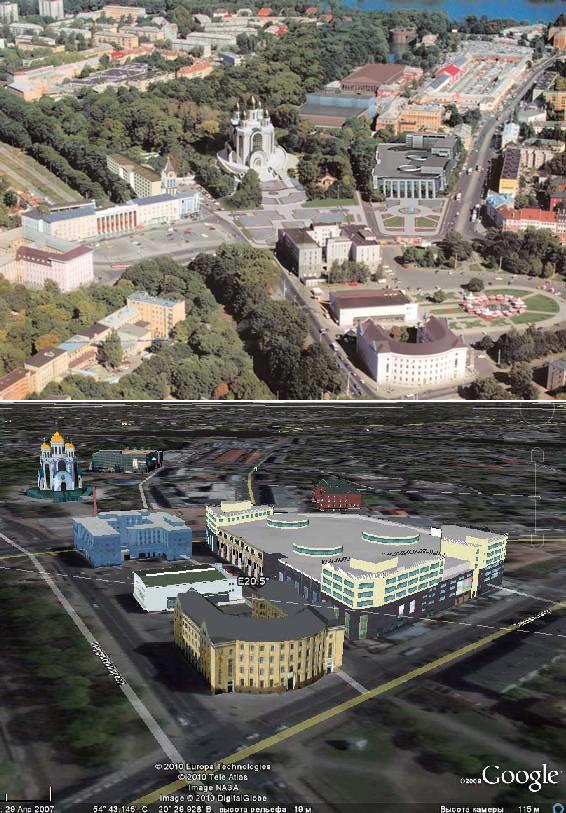
City cemetery in Konigsberg brought a lot of headaches city fathers. In the Middle Ages, burials, usually either in the church (noble person) or the parish cemetery (other people). Over time, the places was not enough either in the church or next to it. The city grew, houses were selected against the cemetery fence. In the nineteenth century the church cemetery gradually demolished, burial began to make outside the city limits. Soon, however, these cemeteries were inside the sprawling city.
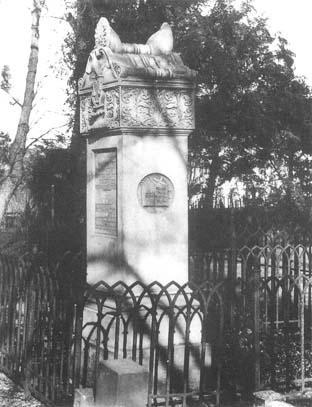
Butterberg Hill, which is located between the Guards Avenue and the streets General Galitsky, a ten minutes walk from the course of the Victory Square. The fact is that here, on the edge of the ravine, was a small "graveyard of scientists" ("Honorary Necropolis"). More specifically, initially in the area had two large cemeteries belonged to the ecclesiastical communities Neu Rosgarten and Shtayndamma. In the early twentieth century, the cemetery was transformed into the People's Park, leaving a small piece for the repose of professors of the University of Königsberg.
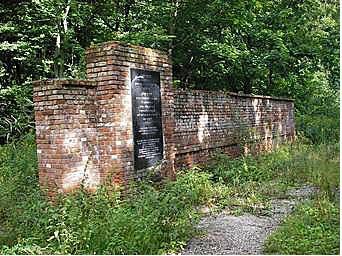
The first place where there was a cemetery, in Koenigsberg was considered the church yard Shtayndammskoy (near the bus stop on Leninsky Prospekt near the "Investment Bank"). This church was founded in the days of the campaign the Bohemian King Ottokar II of samba (one of twelve land belonging to the old Prussia).
This is the place in the 50s and today.
Posted in [mergetime] 1297772674 [/ mergetime]
Burials inside the church were banned at the end of the XVIII century, however noble or very distinguished people continued to bury the walls of the church. However, the "self" of the cemetery appeared a century earlier. After another plague wiped out almost a third of the population of the city, burial grounds belonging to the parishes of the religious communities began to separate from Kirch.
The first "autonomous" belonged to the German Reformed congregation was established in 1629 Elector Georg Wilhelm, and was at the Neue Sorge, later renamed Königstraße (now - Frunze Str.). In the 70 years of the twentieth century on the site of the cemetery was erected home life.
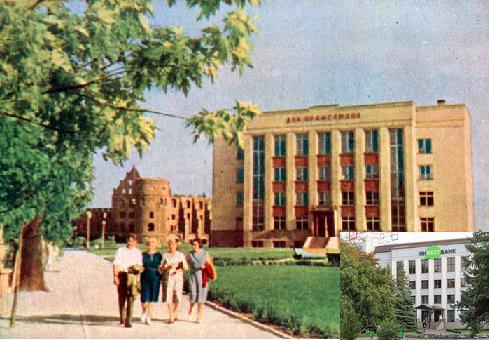
Among the attractions include the Jewish (Izraelitskoe) cemetery, which appeared in 1703 near the mill at the end of Vrangelshtrasse (str. Chernyakhovsky, for the former fire station, and now - the control of the traffic police) - where in 1831 he was buried the famous painter Johann Love. Prior to that, the Jews were taken to Poland to bury. This cemetery is preserved, and in the twentieth century. Until 1934 - until it is liquidated the Nazis. Now part of the five-story apartment in the area of the regional traffic police located exactly on the once devastated graves.

Behind this building is located the best five-story building.
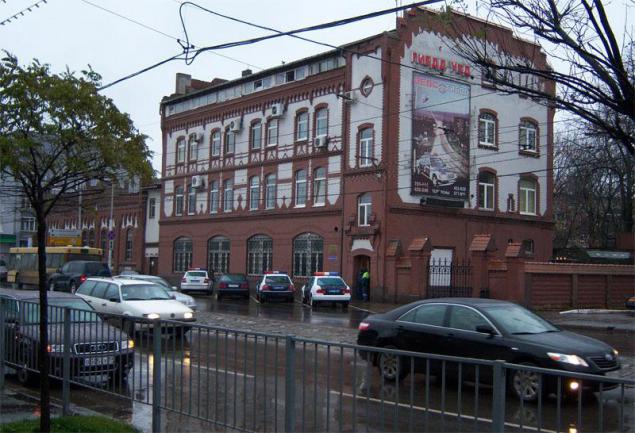
By the middle of the XVIII century near the Jewish cemetery were smashed another - Cemetery Traghaymskoy community. After the war and until 2004, the site was purple Square - in front of the then shop "Ocean". Then they cut down the square and began work on the construction of business and hospitality center.

Previously, there was indeed a park with hundreds of lilac trees.

More should be noted Noyross-gartenskoe Cemetery, consecrated in 1817 and later received popularly known as "the graveyard of scientists, or of Professor." There were buried Franz Neumann (founder of the Physics and Mathematics of the seminar at the Albertina, the man who brought the mathematics to physics - to his last was considered a science philosophy, the formulas it was not) and Hippel, Bessel and Caspari ... In 1927, the cemetery was granted the status of honorary cemetery. Monuments were immediately after the war put on record - but in the 60s they brushed without looking at the neck "protected by the state." In their place they were built garages and industrial base of the plant "Soyuzgazavtomatika" Galitsky in the streets.
The site in Konigsberg I selected a red arrow. A blue, just in case, that place where there was a boy))) (because with him it all started)
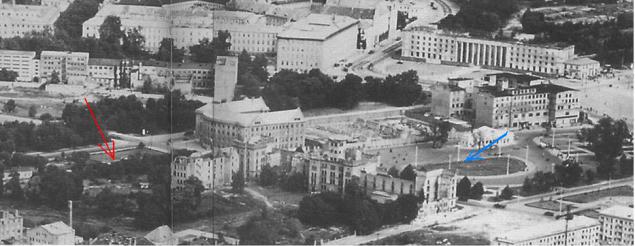
And it is in our day. (Facade and interior of the)
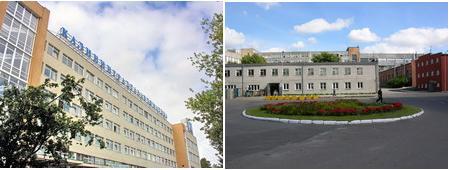
After the construction of the second rampart in Koenigsberg fortifications newly created cemetery were placed outside the inner defensive ring. At this time there are cemeteries on the Alte Landstrasse Pillauer (str. Dm. Don) and near the Royal Gate (ul. Gagarin).
These homes are located exactly on it.
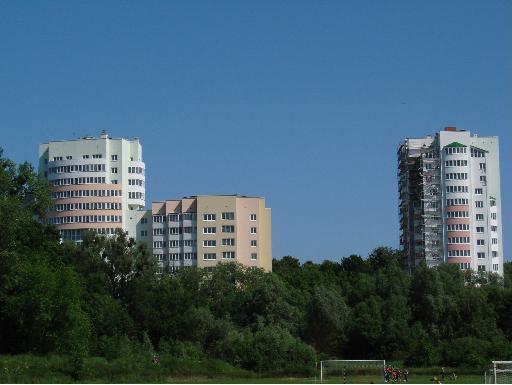
At this point, we buried at the end of the XIX century and until 1945.
When digging a pit, bucket cut the land where the graves were.
It is at this construction site was found the skeleton of the chest which stuck a stake. The coffin was galvanized, and in it lay the skeleton of a ... dvadtsatisantimetrovym aspen stake in the chest. At the feet - broken crockery. Skulls no. His "replaced" half red brick Konigsberg.
"The fact that we have found the remains may belong to a man suspected of vampirism and black magic, indicates the information of the official historical sources, - the search engines. - Last witches killed in Germany in the late nineteenth century. This "client" just one of those times. Next to it we find the soldier, whose ammunition indicates turn of the century. »©
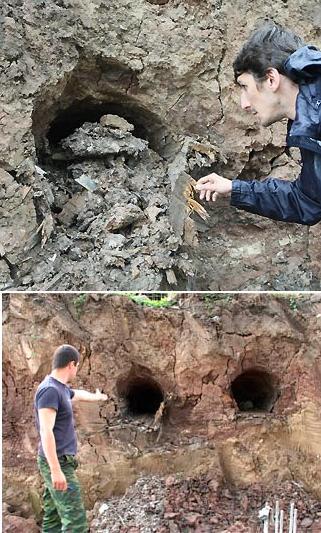
Third Alshtadstkoe cemetery. On its territory is located Kaliningrad Puppet Theatre, built in 1899-1901, respectively.

facade
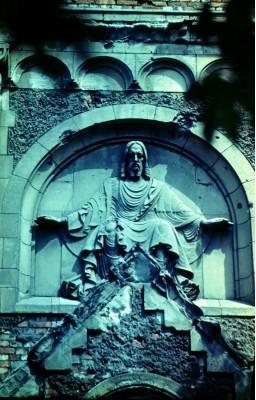
Now this kirha- Puppet Theatre.
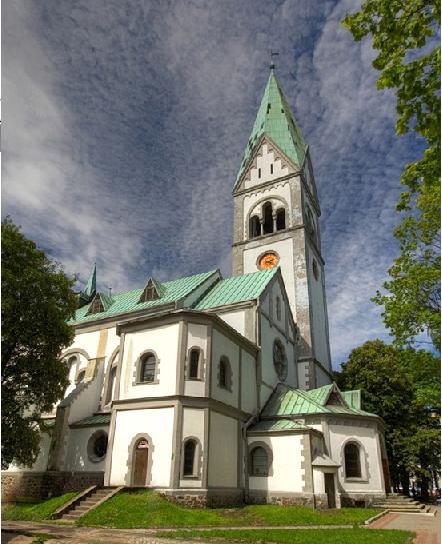
A cemetery ....
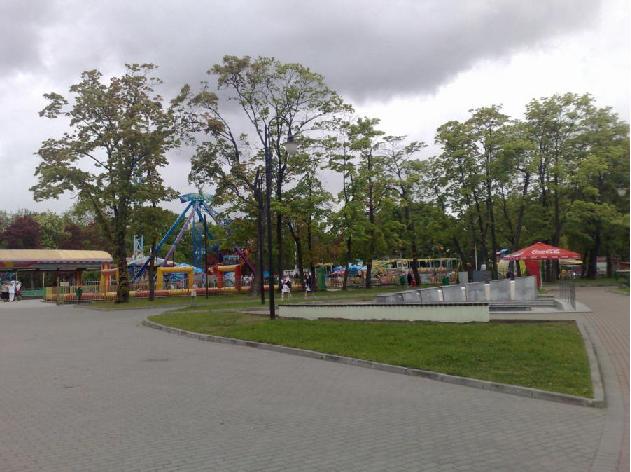
The recreation park with children's attractions and a scene.
Life goes on ...
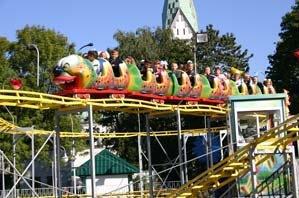
You can be an inveterate materialist, but it is hard to deny that in areas where accumulate decades of mass energy of grief, hardly anyone will feel comfortable and happy.
As a postscript. We describe only a tenth of the cemeteries of Koenigsberg. Total oh longer soroka.Vse found the remains were reburied.
Theme created more for information than to talk of the "so what now, Nitsche not to build something?»
Thank
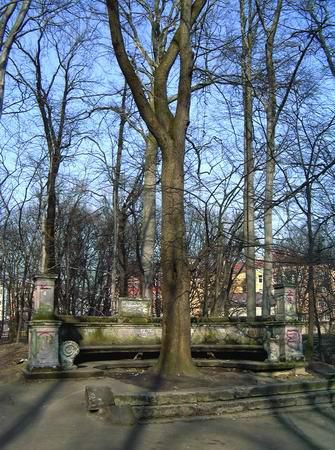
Source:
Actually, the topic began with a boy.
Or rather with the usual pictures of 50-ies, where the boy is on the background of a movie theater.

That's how this place looked like back then. The arrows is the place where the boy stood.

And here is the right place, but on the ground the boy had built a fountain. Photo 1972.

The same fountain, but works

Until recently, until 2006, around the fountain located the so-called "Mushrooms". Summer cafe "fungi" -Umbrellas. A popular place for young people. The answer to the question "where to drink beer?" Was always obvious, "on mushrooms».
Perhaps the boy, but has grown significantly, he drank beer there.
I'm so sure. And more than a dozen times)))

And in 2006, the fountain, as well as "mushrooms", was demolished. To build something ...

That "something" was another commercial and entertainment and boutique development.

And now about the place, then where was the boy.

This is a top view. What was and what happened. Picchu from Google, but see the whole scope of
Posted in [mergetime] 1297772563 [/ mergetime]
But it's described as an epigraph.
Other noteworthy.
On the construction site of the future complex "Europe Center found buried eighteenth century. In carrying out these sites and burials have been found 8. In addition, the had revealed the remains of earthworks and a wooden bridge seventeenth century. According to the archives, where once upon a time housed the German cemetery, the site of which was in Konigsberg bus, destroyed during World War II. And in the Kaliningrad land taken under Square. As it turned out, these were the remains of the soldiers of Napoleon's army.

City cemetery in Konigsberg brought a lot of headaches city fathers. In the Middle Ages, burials, usually either in the church (noble person) or the parish cemetery (other people). Over time, the places was not enough either in the church or next to it. The city grew, houses were selected against the cemetery fence. In the nineteenth century the church cemetery gradually demolished, burial began to make outside the city limits. Soon, however, these cemeteries were inside the sprawling city.

Butterberg Hill, which is located between the Guards Avenue and the streets General Galitsky, a ten minutes walk from the course of the Victory Square. The fact is that here, on the edge of the ravine, was a small "graveyard of scientists" ("Honorary Necropolis"). More specifically, initially in the area had two large cemeteries belonged to the ecclesiastical communities Neu Rosgarten and Shtayndamma. In the early twentieth century, the cemetery was transformed into the People's Park, leaving a small piece for the repose of professors of the University of Königsberg.

The first place where there was a cemetery, in Koenigsberg was considered the church yard Shtayndammskoy (near the bus stop on Leninsky Prospekt near the "Investment Bank"). This church was founded in the days of the campaign the Bohemian King Ottokar II of samba (one of twelve land belonging to the old Prussia).
This is the place in the 50s and today.
Posted in [mergetime] 1297772674 [/ mergetime]
Burials inside the church were banned at the end of the XVIII century, however noble or very distinguished people continued to bury the walls of the church. However, the "self" of the cemetery appeared a century earlier. After another plague wiped out almost a third of the population of the city, burial grounds belonging to the parishes of the religious communities began to separate from Kirch.
The first "autonomous" belonged to the German Reformed congregation was established in 1629 Elector Georg Wilhelm, and was at the Neue Sorge, later renamed Königstraße (now - Frunze Str.). In the 70 years of the twentieth century on the site of the cemetery was erected home life.

Among the attractions include the Jewish (Izraelitskoe) cemetery, which appeared in 1703 near the mill at the end of Vrangelshtrasse (str. Chernyakhovsky, for the former fire station, and now - the control of the traffic police) - where in 1831 he was buried the famous painter Johann Love. Prior to that, the Jews were taken to Poland to bury. This cemetery is preserved, and in the twentieth century. Until 1934 - until it is liquidated the Nazis. Now part of the five-story apartment in the area of the regional traffic police located exactly on the once devastated graves.

Behind this building is located the best five-story building.

By the middle of the XVIII century near the Jewish cemetery were smashed another - Cemetery Traghaymskoy community. After the war and until 2004, the site was purple Square - in front of the then shop "Ocean". Then they cut down the square and began work on the construction of business and hospitality center.

Previously, there was indeed a park with hundreds of lilac trees.

More should be noted Noyross-gartenskoe Cemetery, consecrated in 1817 and later received popularly known as "the graveyard of scientists, or of Professor." There were buried Franz Neumann (founder of the Physics and Mathematics of the seminar at the Albertina, the man who brought the mathematics to physics - to his last was considered a science philosophy, the formulas it was not) and Hippel, Bessel and Caspari ... In 1927, the cemetery was granted the status of honorary cemetery. Monuments were immediately after the war put on record - but in the 60s they brushed without looking at the neck "protected by the state." In their place they were built garages and industrial base of the plant "Soyuzgazavtomatika" Galitsky in the streets.
The site in Konigsberg I selected a red arrow. A blue, just in case, that place where there was a boy))) (because with him it all started)

And it is in our day. (Facade and interior of the)

After the construction of the second rampart in Koenigsberg fortifications newly created cemetery were placed outside the inner defensive ring. At this time there are cemeteries on the Alte Landstrasse Pillauer (str. Dm. Don) and near the Royal Gate (ul. Gagarin).
These homes are located exactly on it.

At this point, we buried at the end of the XIX century and until 1945.
When digging a pit, bucket cut the land where the graves were.
It is at this construction site was found the skeleton of the chest which stuck a stake. The coffin was galvanized, and in it lay the skeleton of a ... dvadtsatisantimetrovym aspen stake in the chest. At the feet - broken crockery. Skulls no. His "replaced" half red brick Konigsberg.
"The fact that we have found the remains may belong to a man suspected of vampirism and black magic, indicates the information of the official historical sources, - the search engines. - Last witches killed in Germany in the late nineteenth century. This "client" just one of those times. Next to it we find the soldier, whose ammunition indicates turn of the century. »©

Third Alshtadstkoe cemetery. On its territory is located Kaliningrad Puppet Theatre, built in 1899-1901, respectively.

facade

Now this kirha- Puppet Theatre.

A cemetery ....

The recreation park with children's attractions and a scene.
Life goes on ...

You can be an inveterate materialist, but it is hard to deny that in areas where accumulate decades of mass energy of grief, hardly anyone will feel comfortable and happy.
As a postscript. We describe only a tenth of the cemeteries of Koenigsberg. Total oh longer soroka.Vse found the remains were reburied.
Theme created more for information than to talk of the "so what now, Nitsche not to build something?»
Thank

Source:






